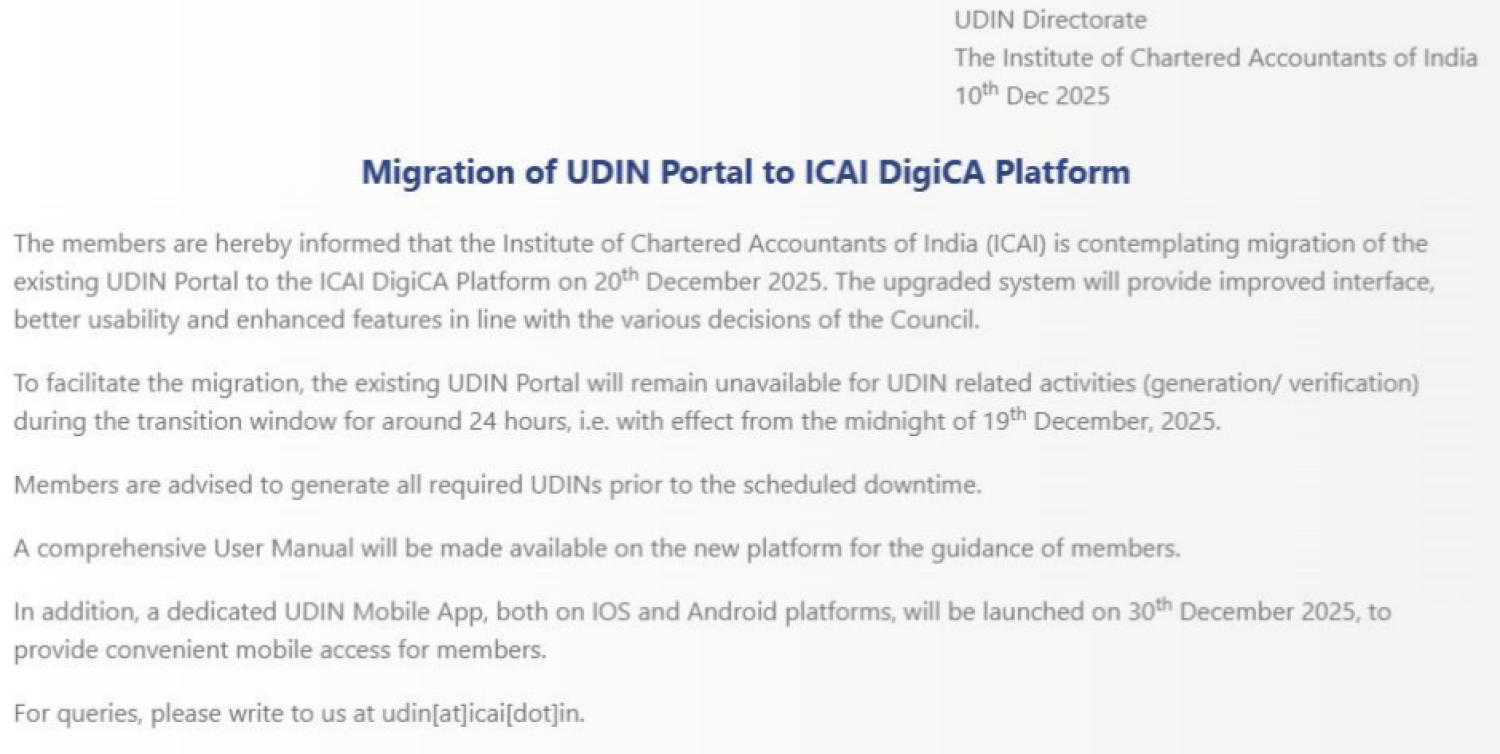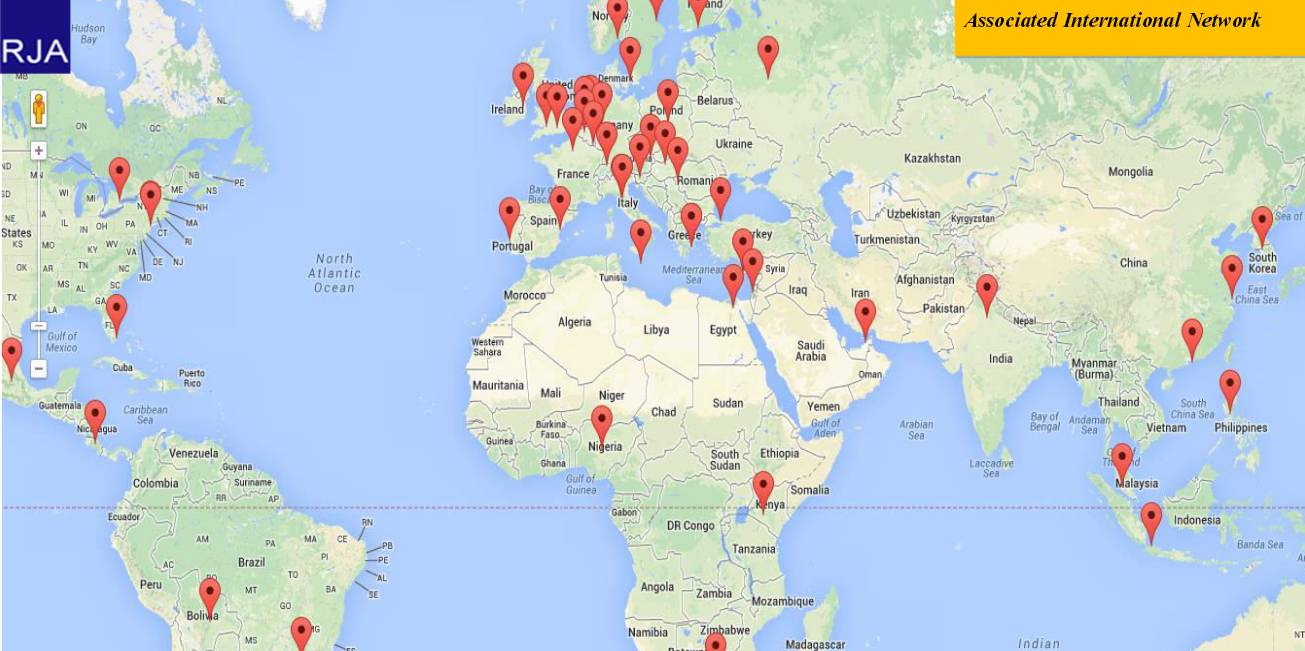
As soon as the parliament gave a green light to the Goods and Services Tax bill, the Indian companies had a moment of ecstasy. The implementation of the GST was intended to ensure that a uniform tax structure existed in the country by removing the multi-layer taxation system in both the states and central. The company will blossom at a rapid pace in all sectors including the logistics industry. The logistic business includes many subparts which are warehousing, transportation, freight forwarding & value-added logistics. A recent report, it showed that the logistics industry would grow at a CAGR of above 15% between 2016 and 2020 and the logistic costs can reduce by 20% by the implementation of the GST. Estimated at $130 billion annually the GST will bring a period of elation for the logistics sector.
Road Transportation
Interstate movement of goods is a hectic work presently. It is because of a lot of paperwork and state border checks which are very time-consuming. Hence the trucks have to stay idle for a lot of time thereby increasing the transit time and affecting the supply chain. All these reasons lead to the higher prices of the products. The implementation of the GST bill will result in faster transport of goods and services and lower turnover to make the delivery of goods. According to a study, it comes to light that implementation of GST will have a great impact on transport. The logistic costs will reduce hence leading to the increase in efficiency in India and also to the goods it exports. Trucks will be better utilized once the GST is passed. There will be faster deliveries of goods and that too at a lower cost.
Rail Transportation
Commercial vehicles such as medium/heavy load trucks have to come across interstate checkpoints. But in the case of railway transportation, there is no such thing. But the distribution cost required in different businesses rises because of the fact that the railway operations are subject to direct and indirect tax. There will be a reduction and exemption of taxes after the GST is implemented leading to the development of the railway infrastructure. The distribution of goods and services through rail transport will become a feasible option for businesses because of the developed network and connectivity.
Water & Air Transport
GST is a tax that has to be paid on the consumption of goods and services i.e. the place where the goods are consumed. Therefore the export prices will not be inclusive of any taxes. Excise and customs duties are levied on the exports currently, but an extra benefit is given on entry and octroi taxes. The export business will get a nice boost because of the GST by its systematic taxation levied on the products transported through air and water and also help in removing trade barriers between the states. A considerable amount of tax relief will be felt by the customers and there will increase a competitive spirit in the exporters. There will be an increase in the usage of ports and cargo-carrying aeroplanes for trade within the domestic territory of the country in parallel to the roadways and railways. There will be several warehousing changes and alterations of the supply chain as per the requirement of the companies after the GST bill gets passed.
Warehousing
To be exempted from paying Central Service Tax (CST) the producers and suppliers establish warehouses across various locations in different states of the country. Booming businesses have over 30 warehouses just only in main and centrally connected cities. But in cities where the facility of warehousing is unavailable, these businesses have to employ above 20 carry and forwarding agents for the distribution of goods and products to these cities. On the other hand, businesses that are smaller in size do not have the option of warehousing at their disposal because of the cost that has to be incurred. Therefore in comparison to larger businesses they have to put their money in the supply of goods in small loads on a frequent basis. This leads to an increase in the cost of distribution of the goods. The passing of the GST bill in the parliament and its implementation will lead to an alliance in the warehousing sector. Businesses would want to set up regional warehouses close to their production unit. This creates an entire hub for the whole region which will help in the distribution of the goods. Also, therefore, warehouses that are smaller in size will be rebuilt to the much larger size of around 2 lakh sq ft. By this measure, the scattered small warehouses would be re-modified hence reducing the total warehousing space in the country by a considerable amount. This will lead to a reduction in inventory cost by a large amount because the businesses can establish ERP i.e. a centralized information structure that helps to keep a check in the distribution and supply of goods.
Never has India seen such a systematic taxation reform such as the GST from its independence. But there are many challenges and obstacles in front of the GST once it is implemented. Also, the Goods and Services Tax rate is yet to be decided by the government. It is assumed to be in the 15-20 % mark. After only the declaration of the rates will everyone be able to understand the actual impact of the GST. Like always there will be a two-layer system of the GST i.e. the central GST which will be collected by the central government and the State GST which will be levied and collected by the individual state governments. This same two-way structure has come under heavy criticism by many. India is not the first country to come up with this GST Act. Over 150 countries use many GST models in their countries. Every idea has its own pros and cons. Hence only after full implementation will we be able to come to a conclusion.

















